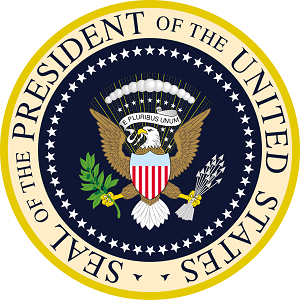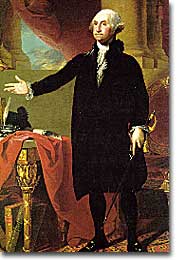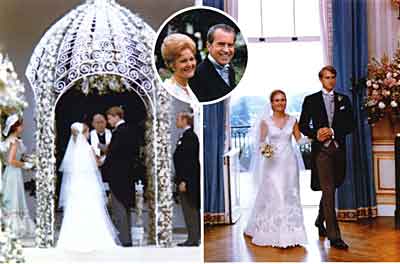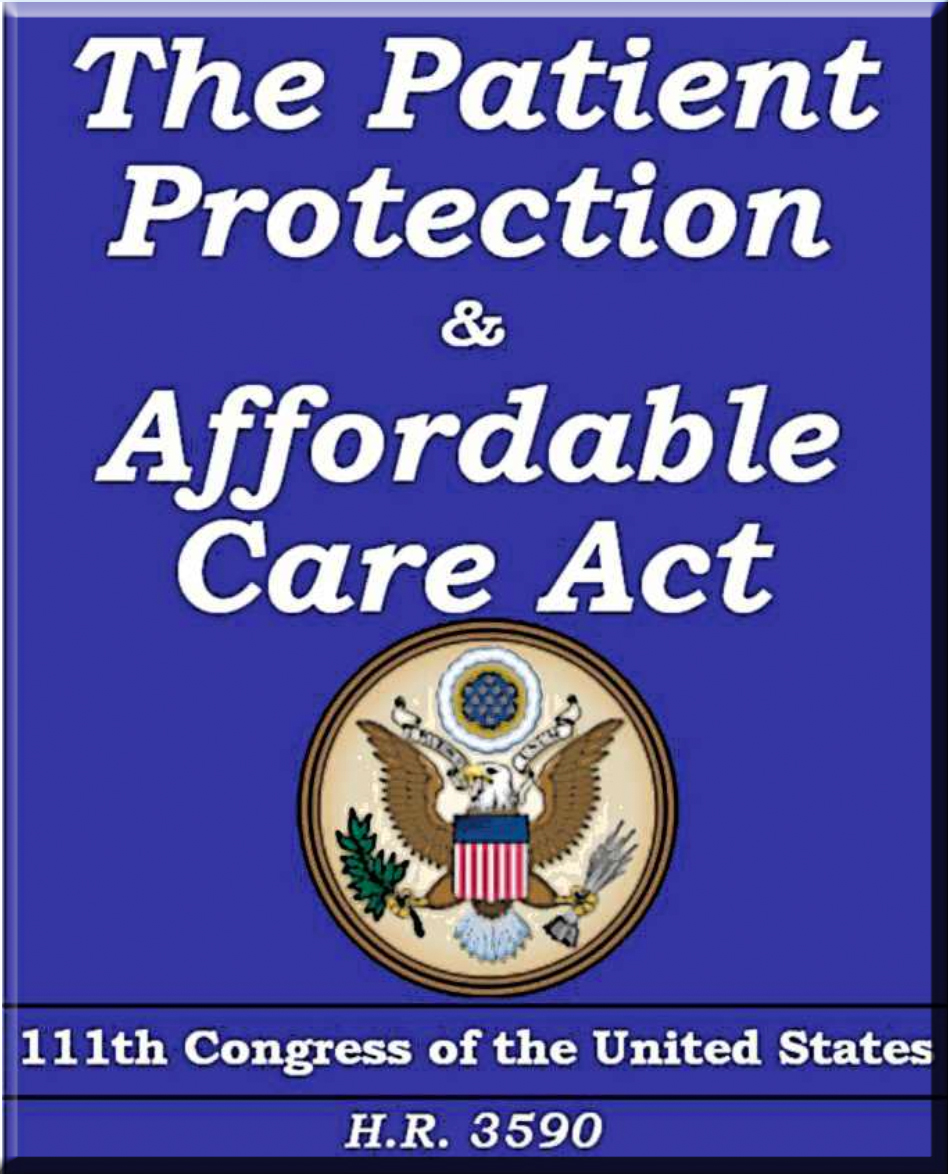
7. The Presidency: The Leadership Branch?

The role of the President of the United States has changed over the course of our nation's history
Research indicates that the first person that most American children remember beyond their immediate circle of family and friends is the President of the United States.
Who is this person that creates such a strong impression on children, arguably the most powerful individual in the world today? The founders certainly did not intend to create such a powerful presidency. They saw the presidency as a "necessary evil," or an executive to carry out and coordinate decisions made by Congress. What is the nature of the modern presidency, this office so powerful and yet so limited?
Presidential Qualities

George Washington's warnings against party politics and entangling foreign alliances still permeate American political culture.
The presidency was created in the image of George Washington, the man everyone believed would first occupy the office. Washington's personality shaped the expectation that the President should be wise, moderate, dignified, and nonpartisan. Of course, the President could not be all-powerful like the king of England. This person had to be sensitive to treading on individual rights and liberties. But especially for the fledgling nation, strong leadership was necessary.
And so the paradox was created with the new nation. Americans want a strong leader, but they also want someone who understands the anti-government, anti-authority streak that is part of being an American. It is not at all surprising, then, that Americans quibble about how much power the President should have. When Presidents take charge and try to run the country, they are often criticized as aggressive and dictatorial. If they let Congress take the lead, they are seen as weak and ineffective.
Great Expectations
Americans set very high expectations for our Presidents. They want someone who provides a sense of purpose, and who represents all the hopes and dreams of Americans. Yet the President must also pay close attention to practical matters, such as jobs, peace, and prosperity. The President must be tough, decisive, and competent. Because of these great expectations, most modern Presidents have come up short.

The American public feels involved in the private lives of their Presidents. Here, Richard Nixon's daughter Tricia is shown at her White House wedding to Edward Finch Cox.
Perhaps this situation happens partly because the modern media has brought Americans "closer" to Presidents, making them seem more human than before. They are seen with their families in their personal lives. Newspapers report who cuts their hair and how much it costs. Their lives are investigated in the most minute detail for scandal. This demystifying of the presidency, as well as the general increase in mistrust of government in recent years, makes being President a tough job.
Gridlock

The Affordable Care Act was supported by President Obama and most Congressional Democrats, but strongly opposed by Republicans. In 2013, the government shut down for 16 days as a result.
Even today, Congress limits the President's powers. Gridlock, or inaction, occurs when the President wants one thing and Congress wants another. Just as the Constitution ensures that the lawmaking process in Congress is not easily seized by the power of a few people, it also places checks on the power of both Congress and the President. This balance is the primary reason for gridlock — an inefficiency that many critics see as a major fault in American government.
Few individuals are willing to endure the hardships of a campaign. Even fewer are willing to open even the most private aspects of their lives to public scrutiny. Some say that the burdens placed on presidential aspirants make the job undesirable to many qualified candidates. But for those who survive the process, the opportunity for true leadership awaits.






